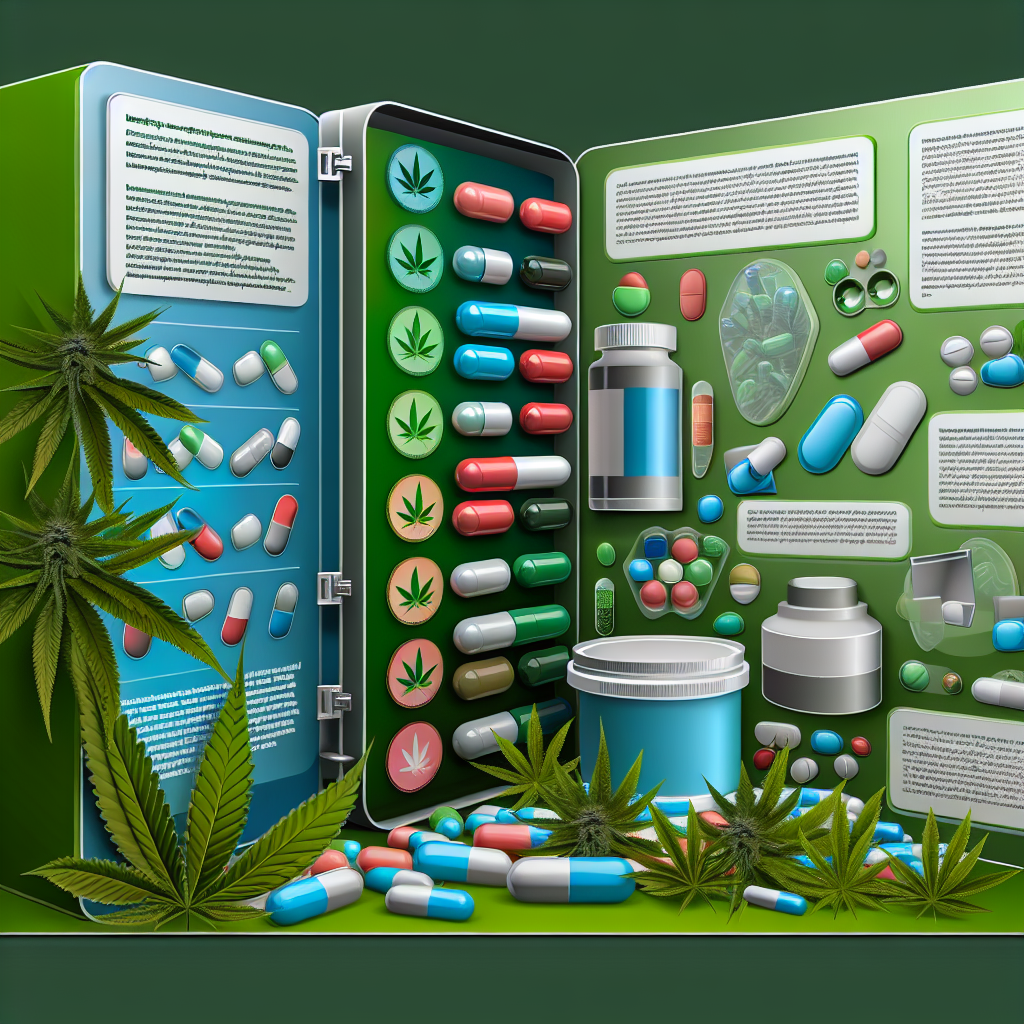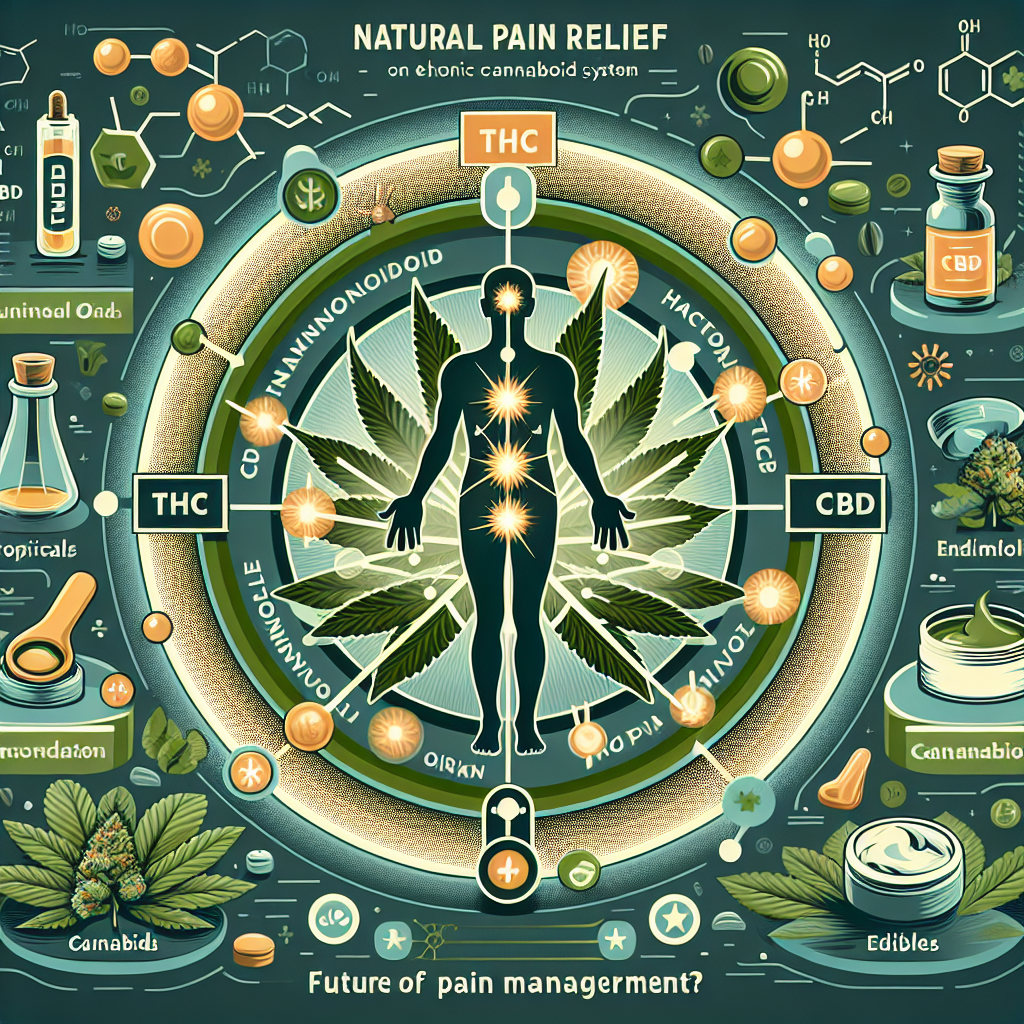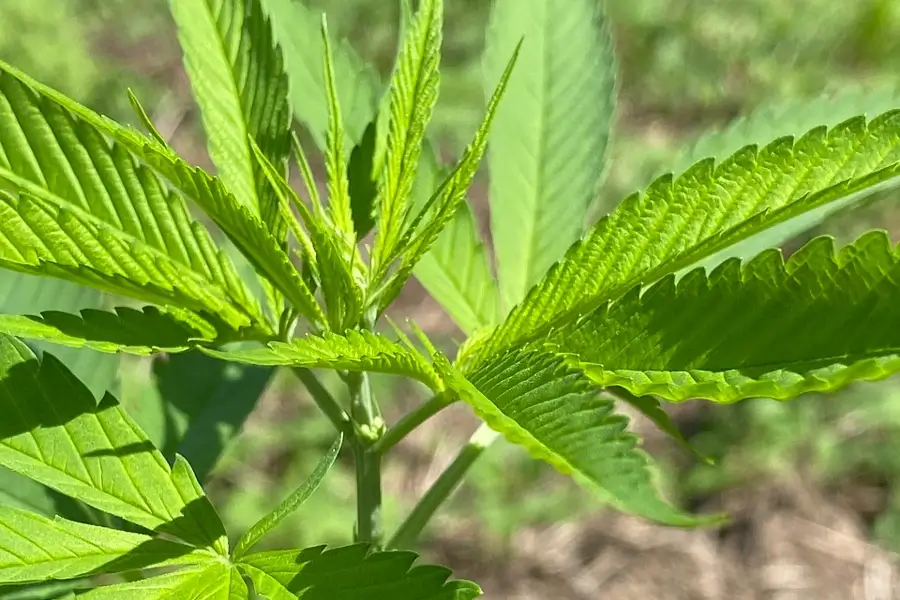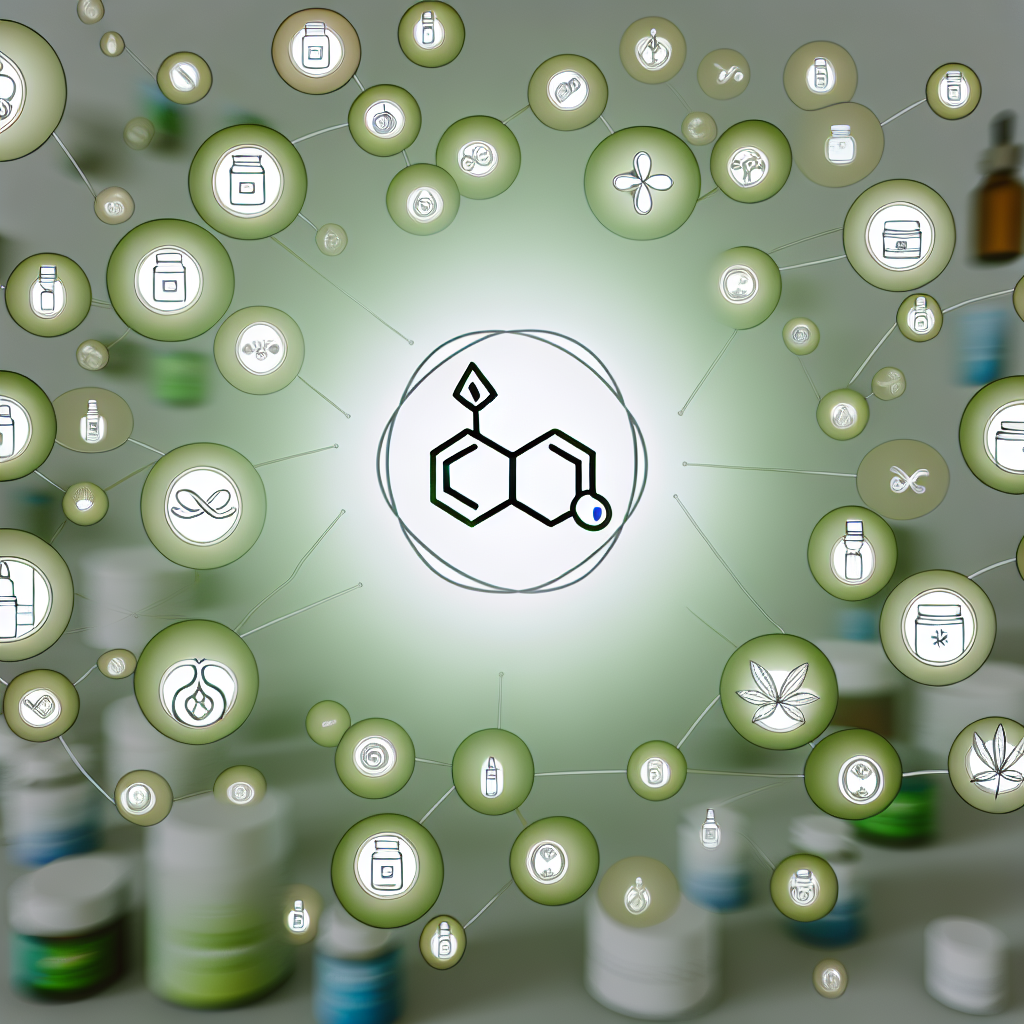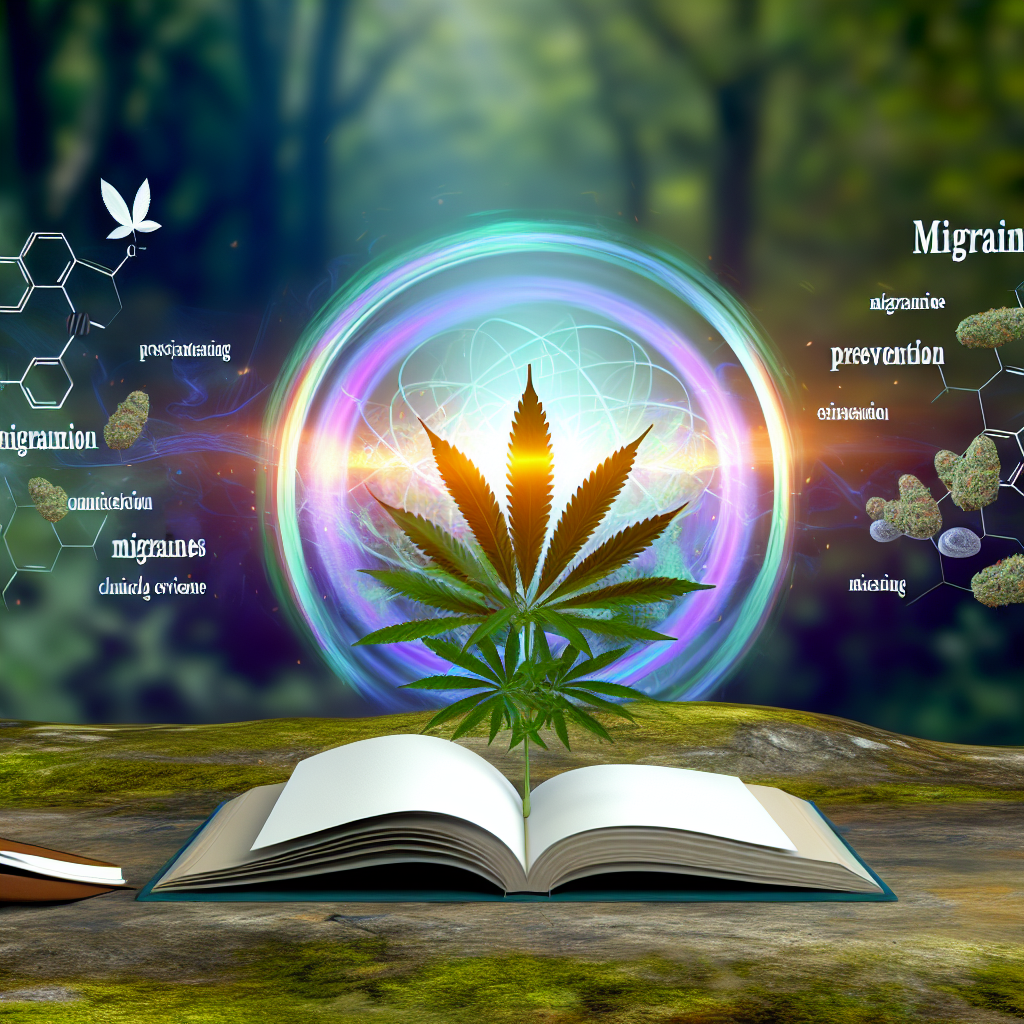Here is the clean and expanded blog post:
Cannabis Drug Interactions: A Comprehensive Guide to Medication Safety
Published: [Insert Date] | Author: [Insert Author Name]
As cannabis use continues to rise across both medical and recreational spheres, understanding how it interacts with prescription and over-the-counter medications is critical. Whether you’re a patient, healthcare professional, or simply cannabis-curious, this comprehensive guide reveals the most important drug interaction risks and how to use cannabis safely alongside other therapies.
Why Cannabis Drug Interactions Matter More Than Ever
The legal and medical landscape of cannabis is evolving rapidly, with over 25 million users in the U.S. alone. Yet, its growing popularity hasn’t erased the fact that cannabis—particularly its active compounds THC and CBD—isn’t free from risks, especially when used with other drugs.
Unlike FDA-approved medications, cannabis lacks a tightly monitored pharmacokinetic profile. This makes predicting how it’s absorbed, metabolized, and eliminated from the body—and how it behaves alongside other drugs—challenging. THC (tetrahydrocannabinol) and CBD (cannabidiol) are the main compounds of concern, especially since both can inhibit certain liver enzymes crucial for drug metabolism.
These interactions may heighten a drug’s effects, reduce its potency, or dangerously increase side effects. From increased drowsiness to life-threatening complications like excessive bleeding, recognizing and understanding these risks is vital for anyone using cannabis, whether medicinally or recreationally.
How THC and CBD Affect Drug Metabolism
CBD in particular is a known inhibitor of cytochrome P450 enzymes—particularly CYP3A4 and CYP2C19—responsible for metabolizing more than half of all prescription drugs. When these enzymes are slowed or blocked, co-administered drugs can accumulate to toxic levels or fail to work effectively.
This has real clinical implications:
- Benzodiazepines and Sedatives: May cause enhanced drowsiness or sedation when combined with cannabis.
- Statins and Heart Medications: Cannabis may alter blood levels of cholesterol-lowering drugs and calcium channel blockers.
- Chemotherapeutic Agents: Interactions with drugs like cyclophosphamide can affect dosage efficacy and toxicity.
A 2019 study in Epilepsia highlighted how CBD increased serum levels of the anti-epileptic drug clobazam, intensifying sedative effects. Such interactions underscore the need for close medical supervision when combining cannabis with AEDs.
High-Risk Medications: Red Flags for Cannabis Users
Some drugs carry a higher interaction potential due to narrow therapeutic windows. A Penn State study reviewed over 57 such drugs and flagged several as high-risk when taken with cannabis:
- Warfarin (blood thinner): Increased bleeding risk with THC or CBD.
- Amiodarone (antiarrhythmic): Potential for toxic heart side effects.
- Levothyroxine (thyroid): Altered hormone levels, leading to under- or overactive thyroid symptoms.
- Anti-seizure medications: Enhanced effects or toxicity when combined with cannabinoids.
Cannabinoids & Antidepressants: The Serotonin Syndrome Concern
One of the most commonly prescribed drug classes—antidepressants—also poses interaction dangers. Research published in the Journal of Clinical Psychopharmacology has shown that CBD can increase levels of SSRIs (e.g., fluoxetine, sertraline). This may lead to side effects such as nervousness, agitation, insomnia, and in rare cases, serotonin syndrome—a potentially life-threatening condition.
These risks underline an important recommendation: always notify your prescribing physician if you’re using cannabis.
CNS Depressants & Cannabis: A Dangerous Combo
CDC guidelines highlight the risk of compounding psychoactive effects when cannabis is used with other central nervous system depressants like alcohol, opioids, or sedatives. The result? Increased likelihood of:
- Respiratory depression
- Slowed motor response
- Sedation or coma
Mixing cannabis and depressants can severely impair cognitive function and physical coordination, posing real danger in contexts like driving or operating heavy machinery.
Cannabis and Immunotherapy: A Caution for Cancer Patients
Cancer patients undergoing immunotherapy need to be especially cautious. A study in the European Journal of Cancer suggests that cannabis could decrease the effectiveness of immune checkpoint inhibitors like nivolumab. While this interaction isn’t necessarily pharmacokinetic, cannabinoids may blunt the immune system’s ability to respond to cancer treatment—a concern that deserves more clinical attention.
The Problem of Underreporting: What Doctors and Patients Must Do
Despite growing documentation of cannabis-drug interactions, underreporting remains a serious issue. Many patients don’t disclose cannabis use to their healthcare providers—often out of fear of judgment or assuming it’s irrelevant. But that silence can be dangerous.
Medical providers must take the initiative to ask specifically about cannabis during medication reviews. For patients, honesty is the best policy—especially when the success of therapy depends on it.
Final Thoughts: Cannabis and Medication Safety Require Vigilance
As cannabis becomes more mainstream, so does the responsibility to use it safely. Drug interactions aren’t isolated incidents—they’re a growing public health issue that demands attention, research, and education. Whether you’re a patient looking to explore cannabis as part of your treatment plan or a provider guiding that decision, understanding these risks is essential.
Key Takeaway: Always consult with a healthcare professional before combining cannabis with any medication.
References
- Epilepsia study on CBD and epilepsy drugs
- Penn State study on cannabis drug interactions
- CBD and SSRI interaction – Journal of Clinical Psychopharmacology
- CDC report on cannabis and CNS depressants
- European Journal of Cancer on cannabis and immunotherapy
Concise Summary:
This comprehensive guide explores the critical issue of cannabis drug interactions, revealing how the active compounds THC and CBD can impact the metabolism and efficacy of a wide range of medications, from antidepressants to chemotherapeutics. It highlights high-risk drug classes, provides clinical evidence, and emphasizes the importance of open communication between patients and healthcare providers to ensure safe and effective use of cannabis alongside other therapies.
